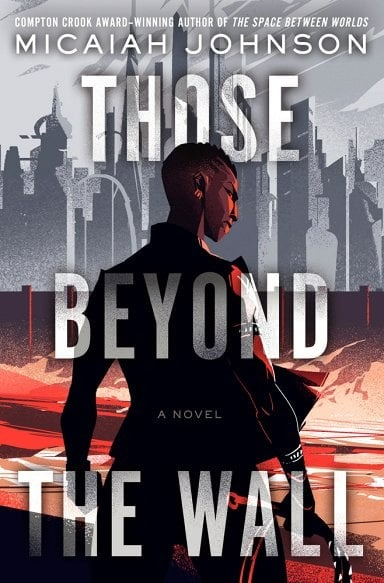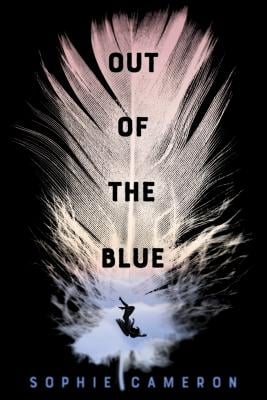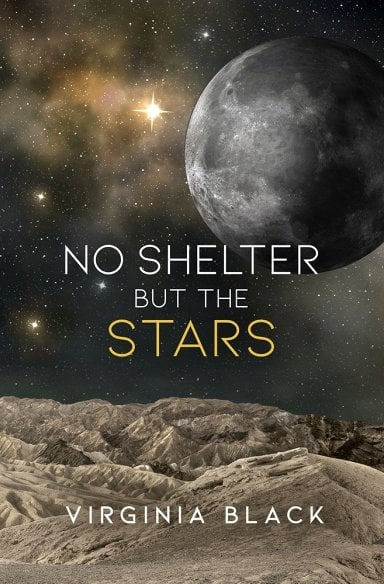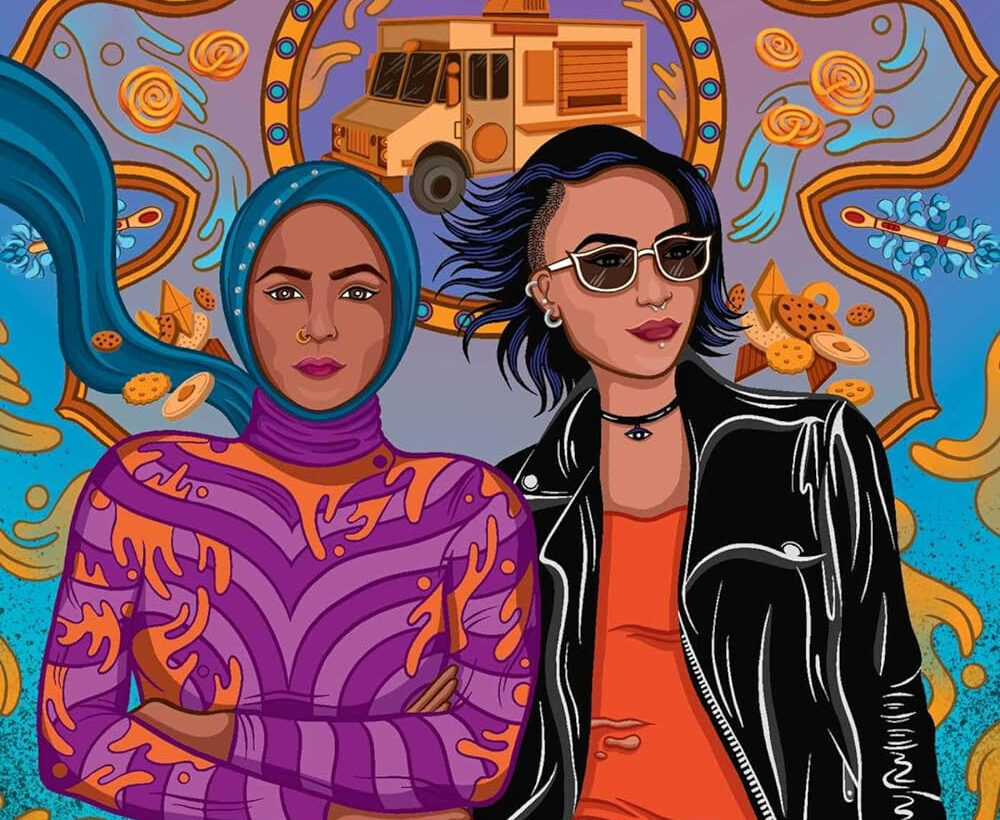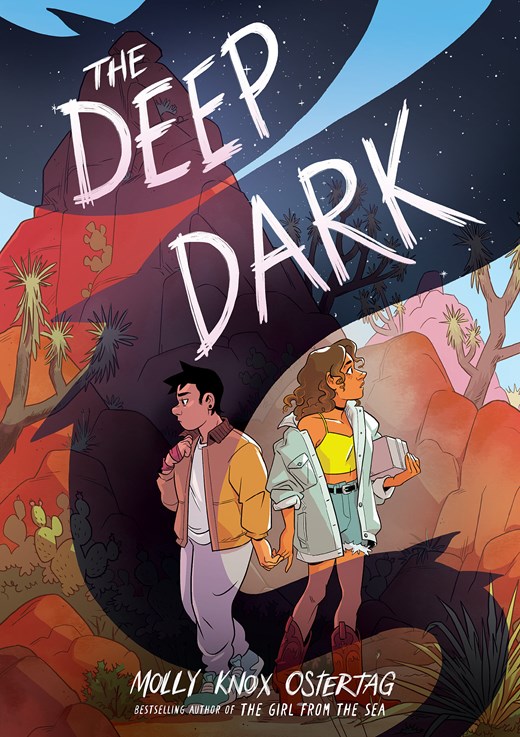I love stories about knights, especially gay knights, and especially repressed knights. Something about the parallels of wearing full armour to protect yourself and keeping all emotional walls up is something I find extremely compelling to read. So Neon Yang’s novella Brighter Than Scale, Swifter Than Flame (out May 6th, 2025), about a stoic knight who never removes herRead More
Meet Your Next Fantasy Comfort Read: Walk Between Worlds by Samara Breger
Samara Breger made her debut in 2021 with Walk Between Worlds, a funny, relatable, fantasy romance that gently soothes the little broken part in all of us. The book is widely advertised with the tagline that it “will make you laugh even as it keeps you on the edge of your seat,” and I’ll enthusiastically secondRead More
Sci-Fi as Protest: Those Beyond the Wall by Micaiah Johnson
I don’t think I’ve ever been so pulled into a novel by the dedication, author’s note, and epigraph. (The epigraph to Part One is “i did not come to preach of peace / for that’s not the hunted’s duty.” -Danez Smith.) In the author’s note, Johnson explains the inspiration behind this book coming from her time participating in the 62-day sit in at Nashville’s Tennessee State Capitol. I found myself writing down multiple quotations, including…
Grief, Uncertainty, and Fallen Angels: Out of the Blue by Sophie Cameron Review
Jaya Mackenzie is grappling with the heavy weight of loss and confusion. Her mother has passed away, her ex-girlfriend disappeared without a trace, and the world is in chaos as angels fall from the sky at breakneck speeds, dying upon impact. Meanwhile, her father’s obsession with capturing one of these celestial beings pulls the familyRead More
A Triumph of Sapphic Sci-Fi Romance: No Shelter But The Stars by Virginia Black Review
My first love was science fiction. I was raised in a Star Trek family, my favorite video game is Mass Effect, and The Expanse is my favorite TV show. However, it’s taken me a while to combine my love of science fiction and my love of romance in the books that I read. I have recently rectified this with VirginiaRead More
A Trans Lesbian Mech Romcom: Lsbn by Emma Jayne Review
If you’re looking for a fun one-sitting read, why not pick up this trans lesbian “mech rom-com graphic novel,” as the blurb describes it? I feel like you’re already sold, but I’ll keep going anyway. LSBN is a project to develop a mech suit to battle the giant, monstrous aliens that have descended to Earth.Read More
Avenging Your Own Murder: Volatile Memory by Seth Haddon Review
Seth Haddon’s sci-fi debut Volatile Memory (out July 22, 2025) is one of the best novellas I’ve read in a while. The book follows Wylla, a trans woman, as she tries to live her life as a scavenger. She, like other scavengers, goes after bounties and searches for important items to sell in order to earn credits.Read More
The Three Queer Books That Broke My Reading Slump
I will be completely honest—I have been burnt out, to the point where I have been struggling to find joy in reading and even finding reading books for my job a burden. I am sure a lot of you have been feeling the same way. But as I went searching for ways to engage withRead More
Queer, Revelatory Joy in The Deep Dark by Molly Knox Ostertag
Already a fan of Molly Knox Ostertag’s The Girl from the Sea, I had a good feeling about the weighty tome that is The Deep Dark. Friends, this poignant graphic novel delivered and then some. It’s like someone translated the sensation of waiting for the other shoe to drop and described the steps someone would take toRead More
The Cozy Wedding Coup: Tea You at the Altar by Rebecca Thorne
Tea You at the Altar is the third book in the Tomes & Tea cozy fantasy series, and it follows Kianthe and Reyna as they plan their wedding… and possibly a coup. (This review contains spoilers for books one and two.) I really enjoyed Can’t Spell Treason Without Tea, but I thought the second bookRead More
- 1
- 2
- 3
- …
- 41
- Next Page »


